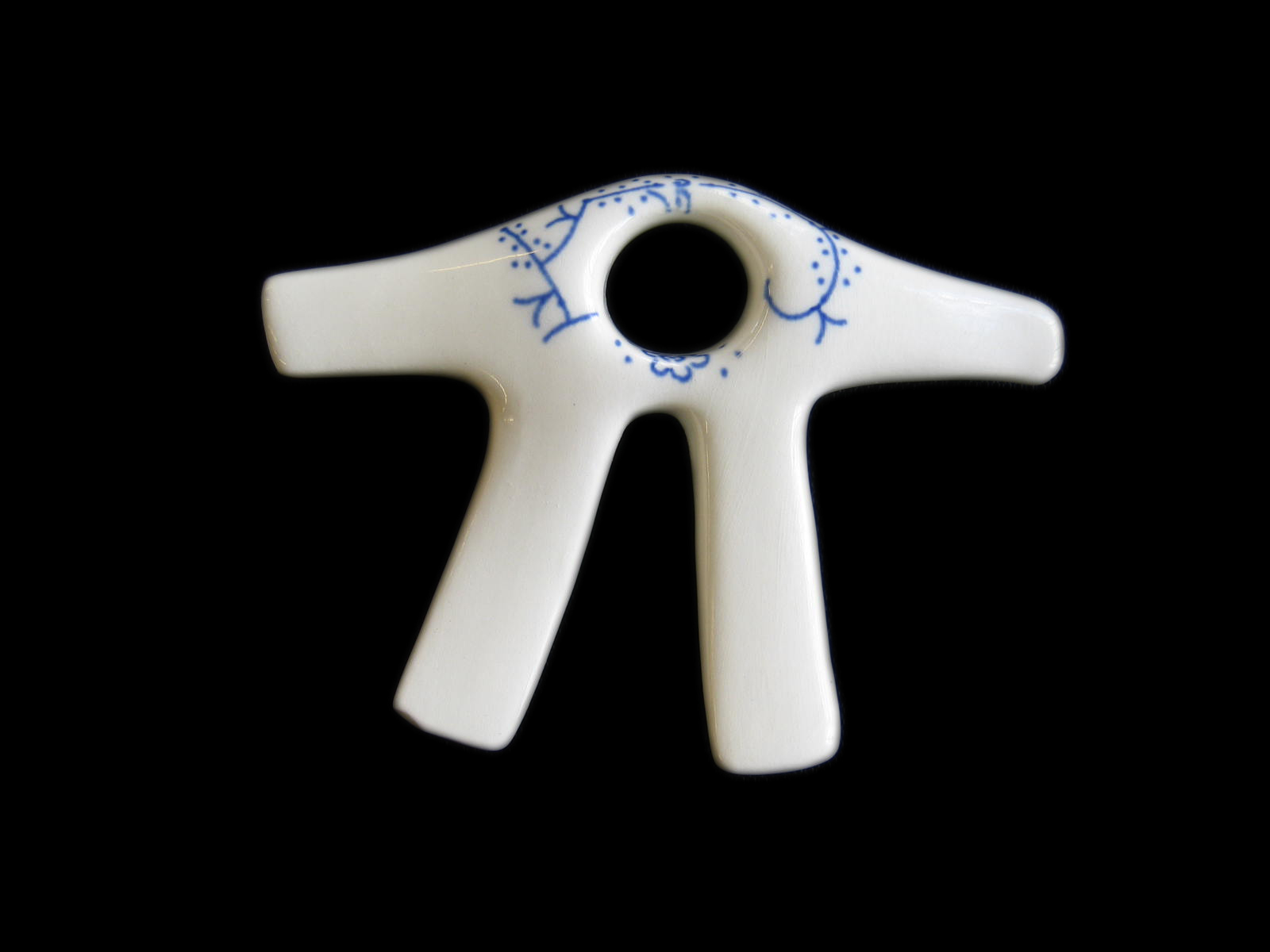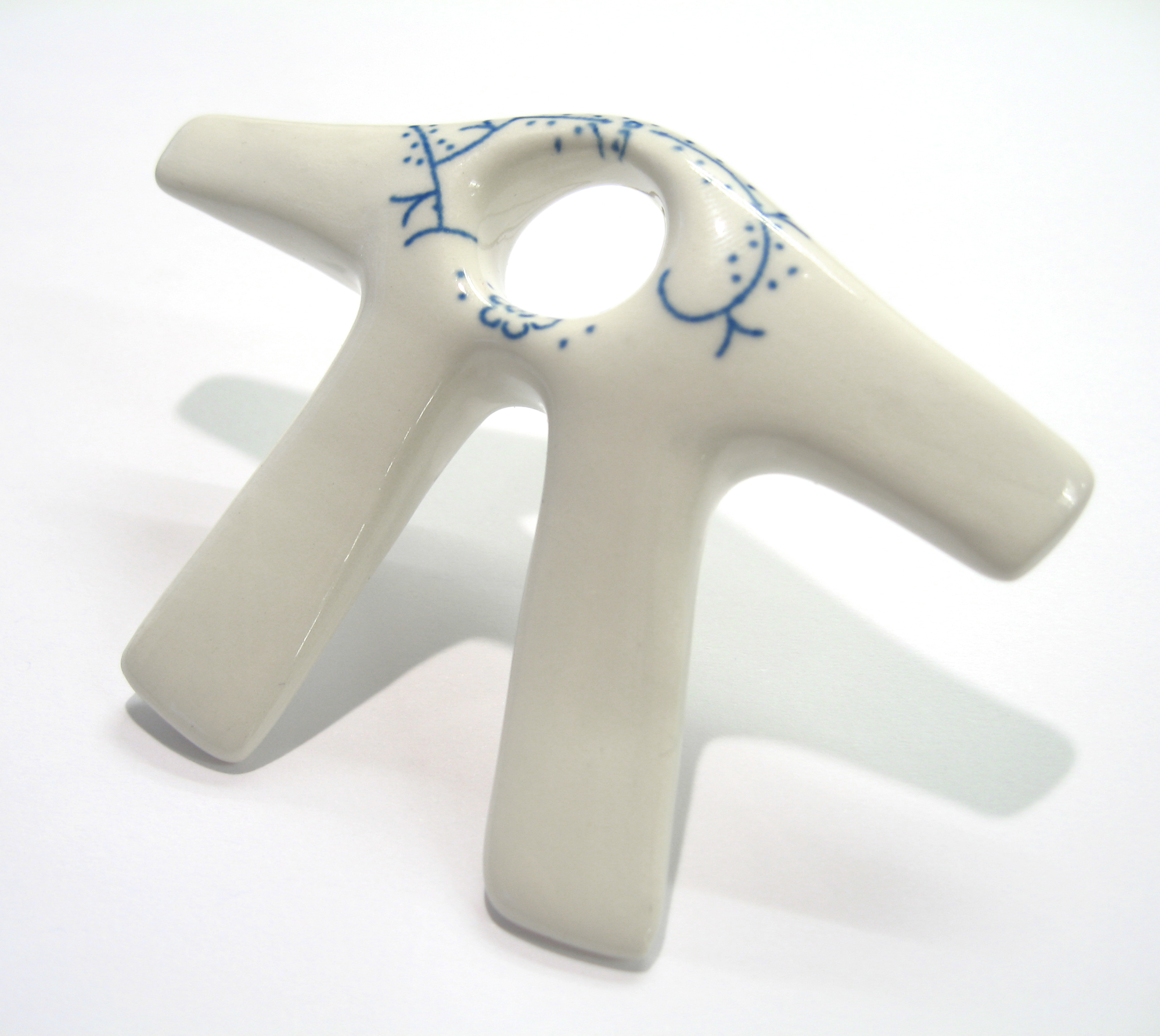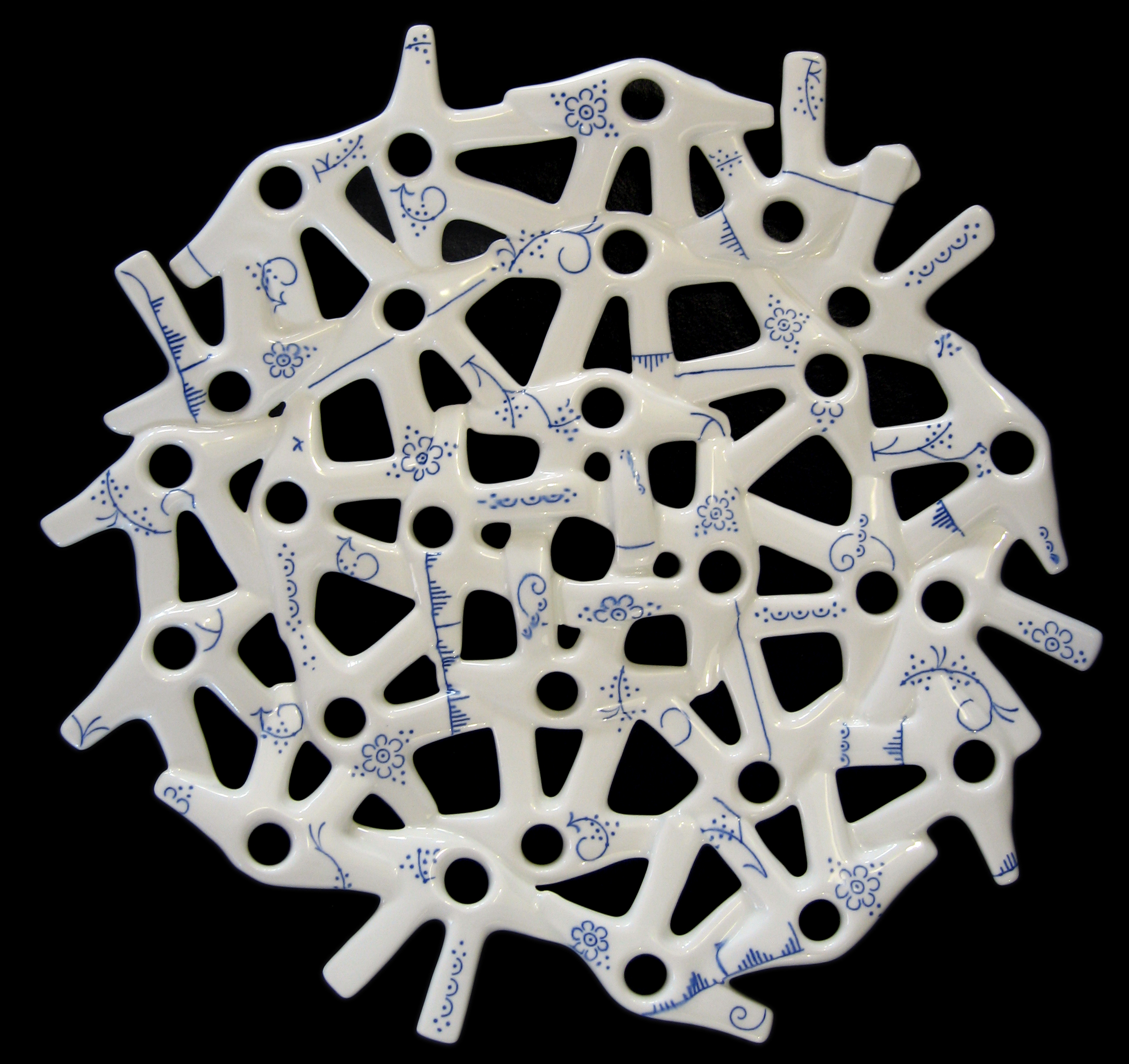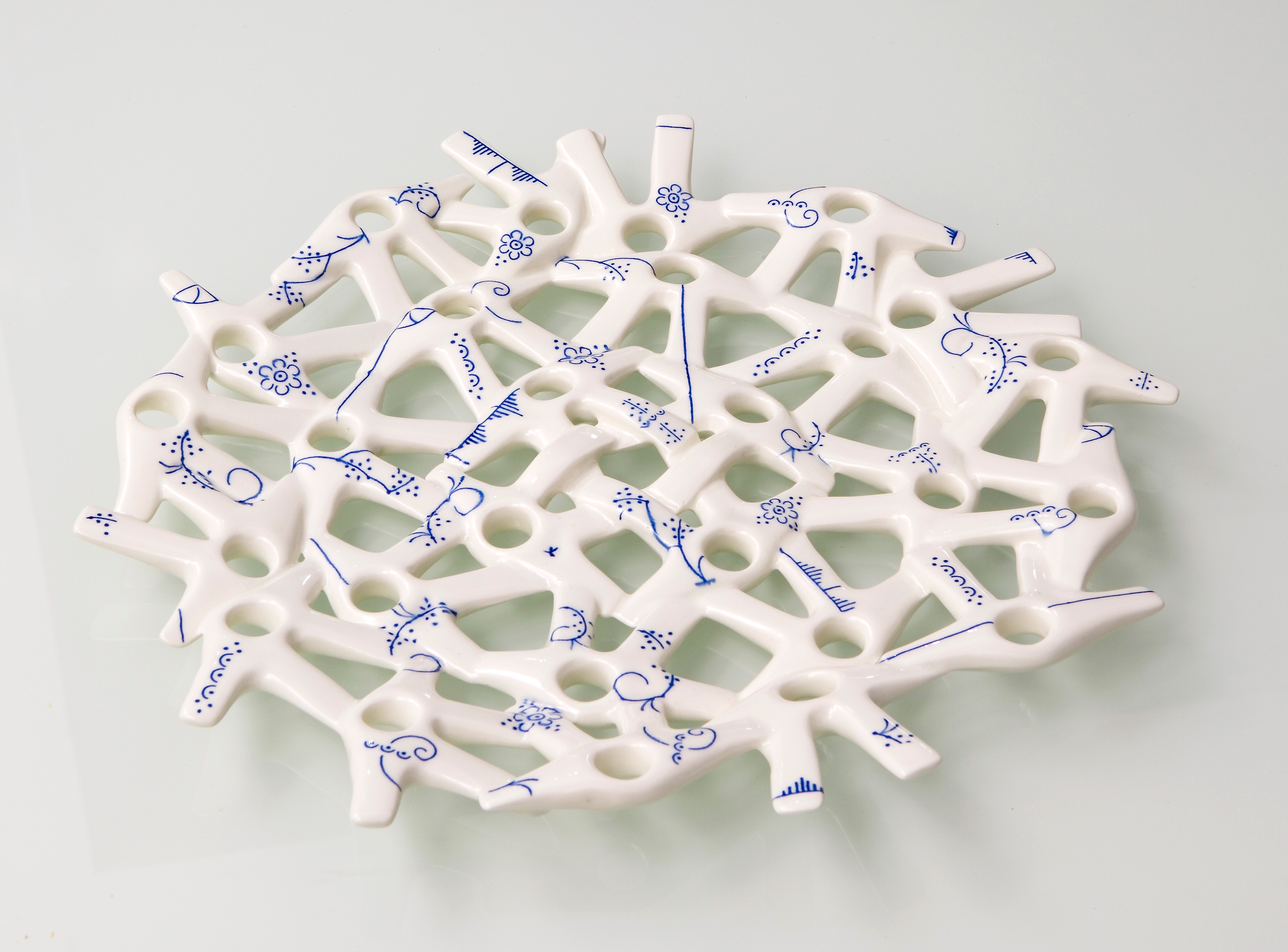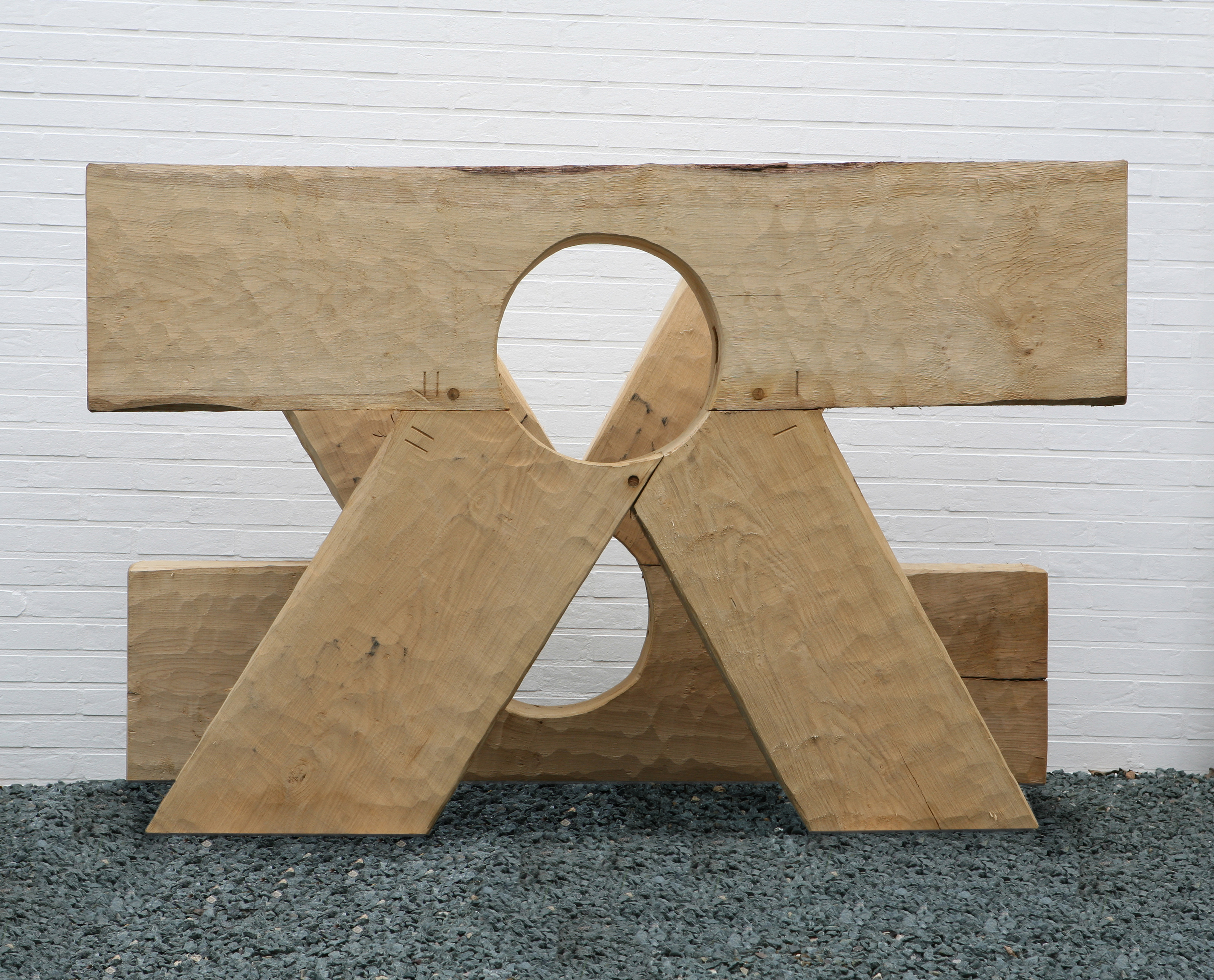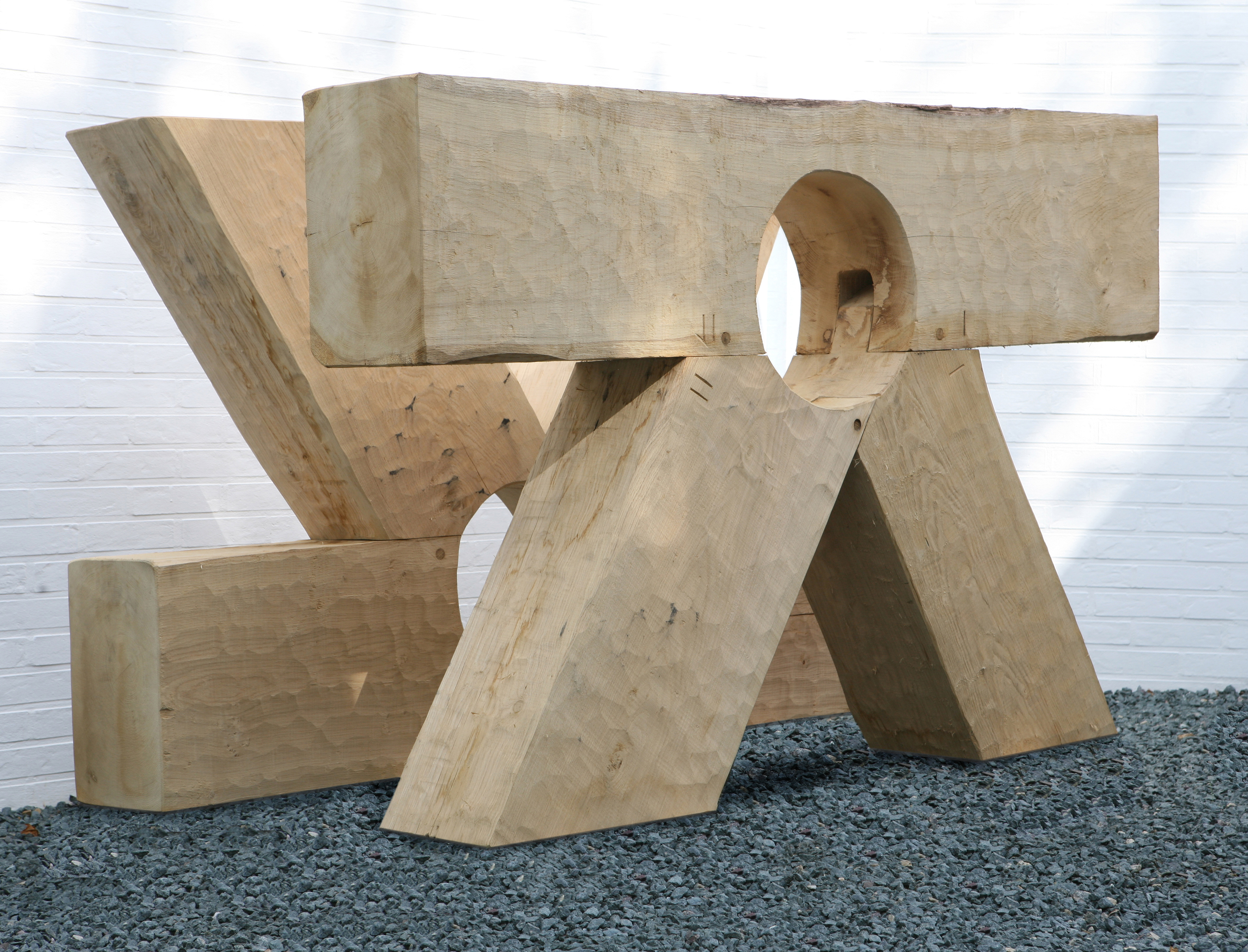°manneke pi
Manneke pi is a 3D abstracted result from a quest for the world’s characterisation of man or woman, that is, people (as can be recognised on traffic lights, WC designations, advertisements, escape routes, the Egyptian “Ankh” symbol of life, voodoo dolls, drawings by Keith Haring, … ). The virtually always present spreading of arms and legs with an abstraction of the head brought us quickly to the “pi” symbol.
Initially meant as a “3D emergency light with an escape route or 3D WC designation”, the idea was born to make this “manneke” (little fellow) in clay in the way primeval fertility statues have been made. Ceramics was chosen and the figures that have been used within this context since the beginning of time gave us the link with body painting that is now again so popular. The elegant aspect and pureness of the glazed ceramics, its apparent fragility, the continuation of a tradition and the personalised figures spice the project in a subtle manner.
A wink towards Brussels’ manneke pi(ss) and the partnership sealed on the back stamp (!) of a strong Flemish company combined with a Walloon company, Obumex from Staden and Royal Boch from La Louvière, give the product a great universal dimension even though it is traditionally local.
Material: cast and glazed ceramics.
“Pi de mère”: symbolises people being together in line, holding hands or saucily around the world.
“Holepi”: a sea of people together without a distinction being made.
“Djeezes”: the answer to “the cross in every abode”; the characterisation of the hanging hole offers the opportunity of releasing the tiny figure from the grasp of his nails. “Djeezes, what have we done!”.
“Brodepi”: refers to the paper dollies under cakes or snacks but they have been reinterpreted by ceramics artist Tony Damen on commission.
“69”: spoons that fit together next to each other decorated with the recognisable theme of roses in old rose over the spoons themselves. Each spoon is a fragment of a whole. The theme on this set is called “la vie en ‘roses’”.
